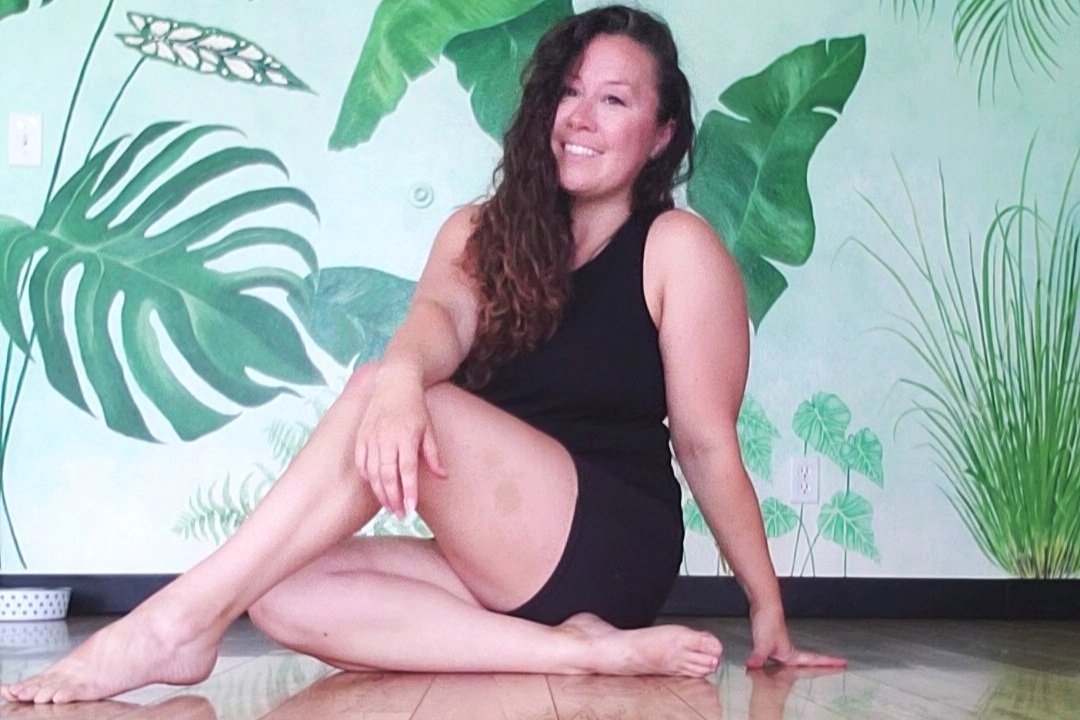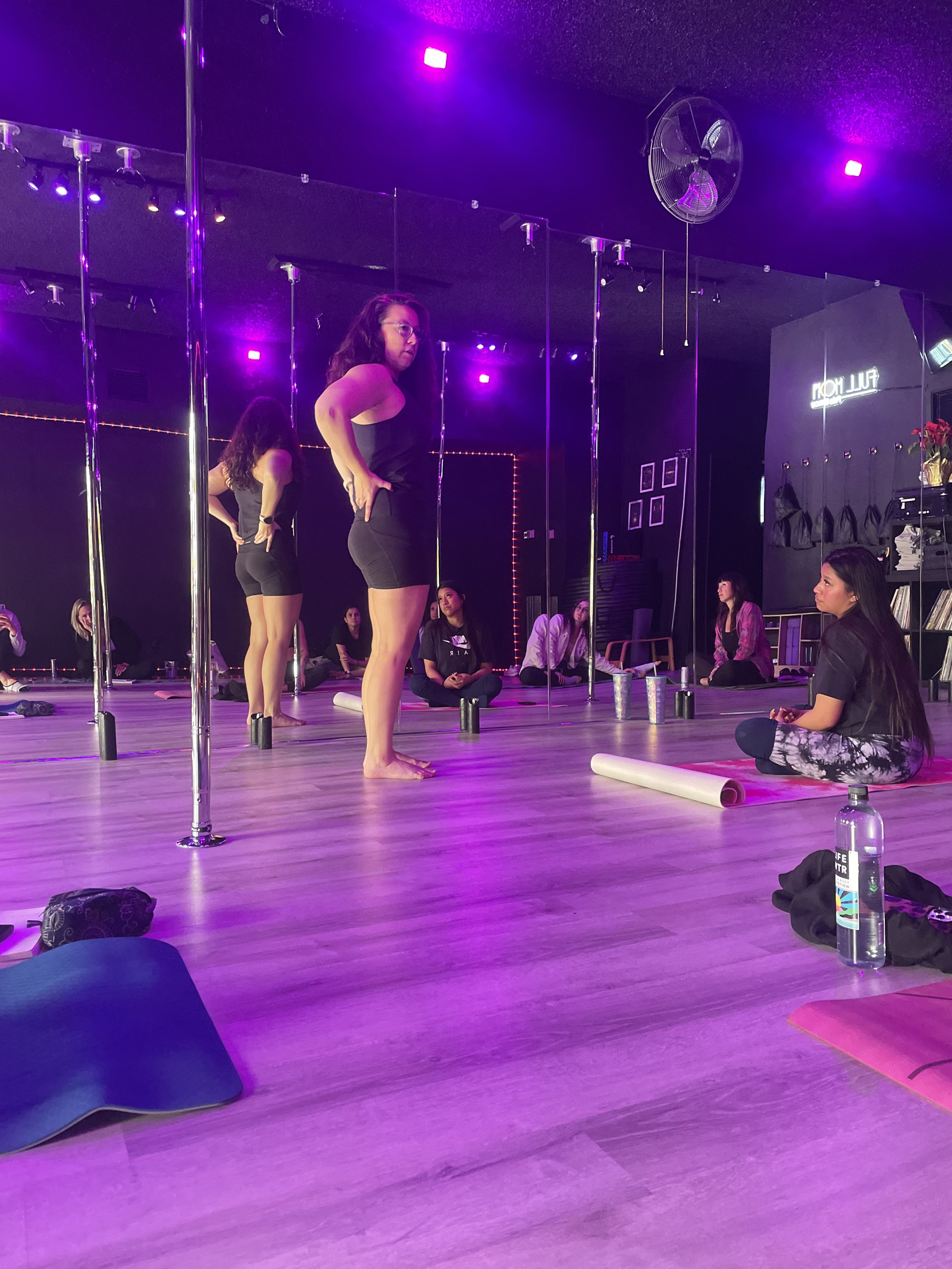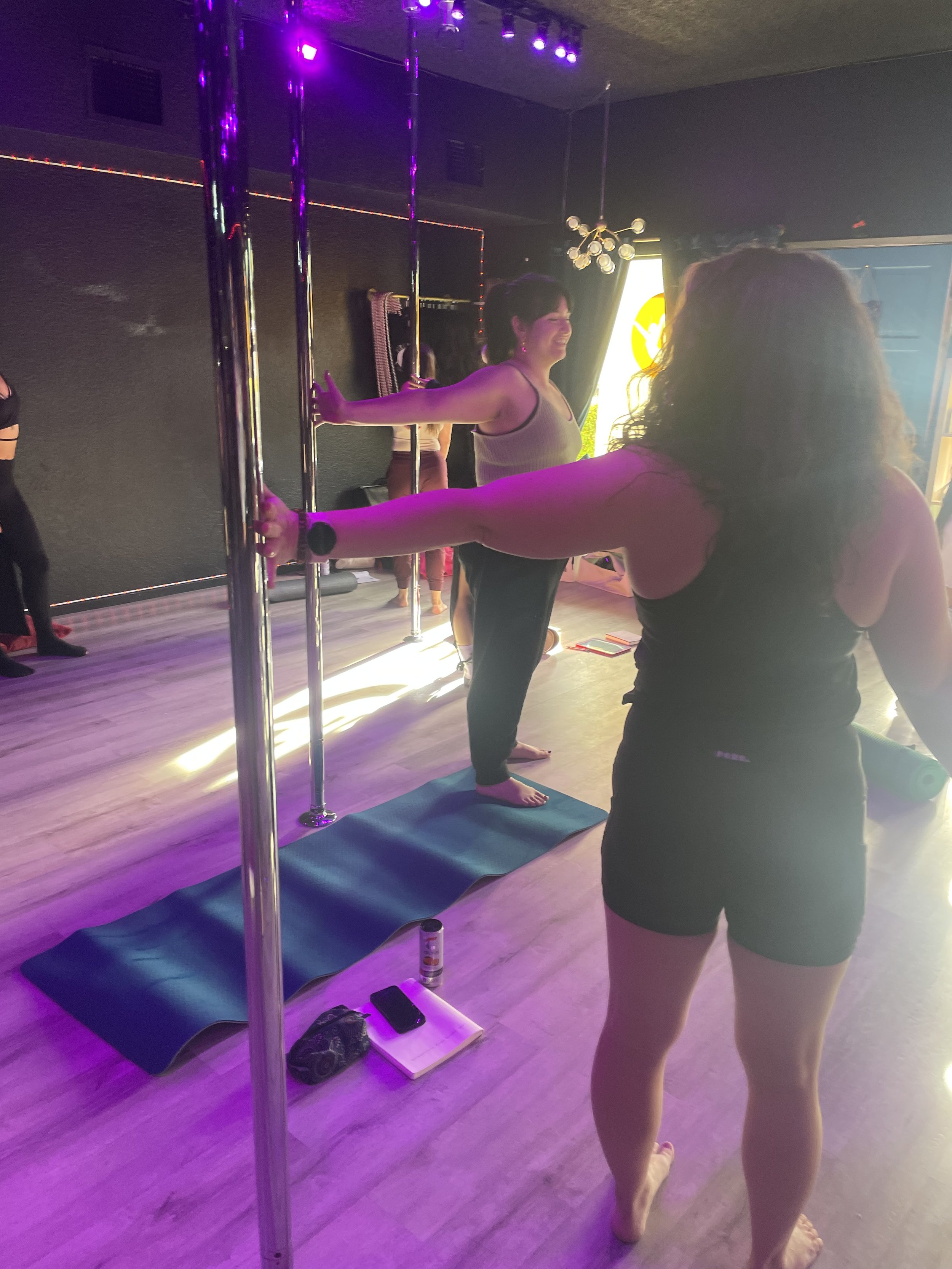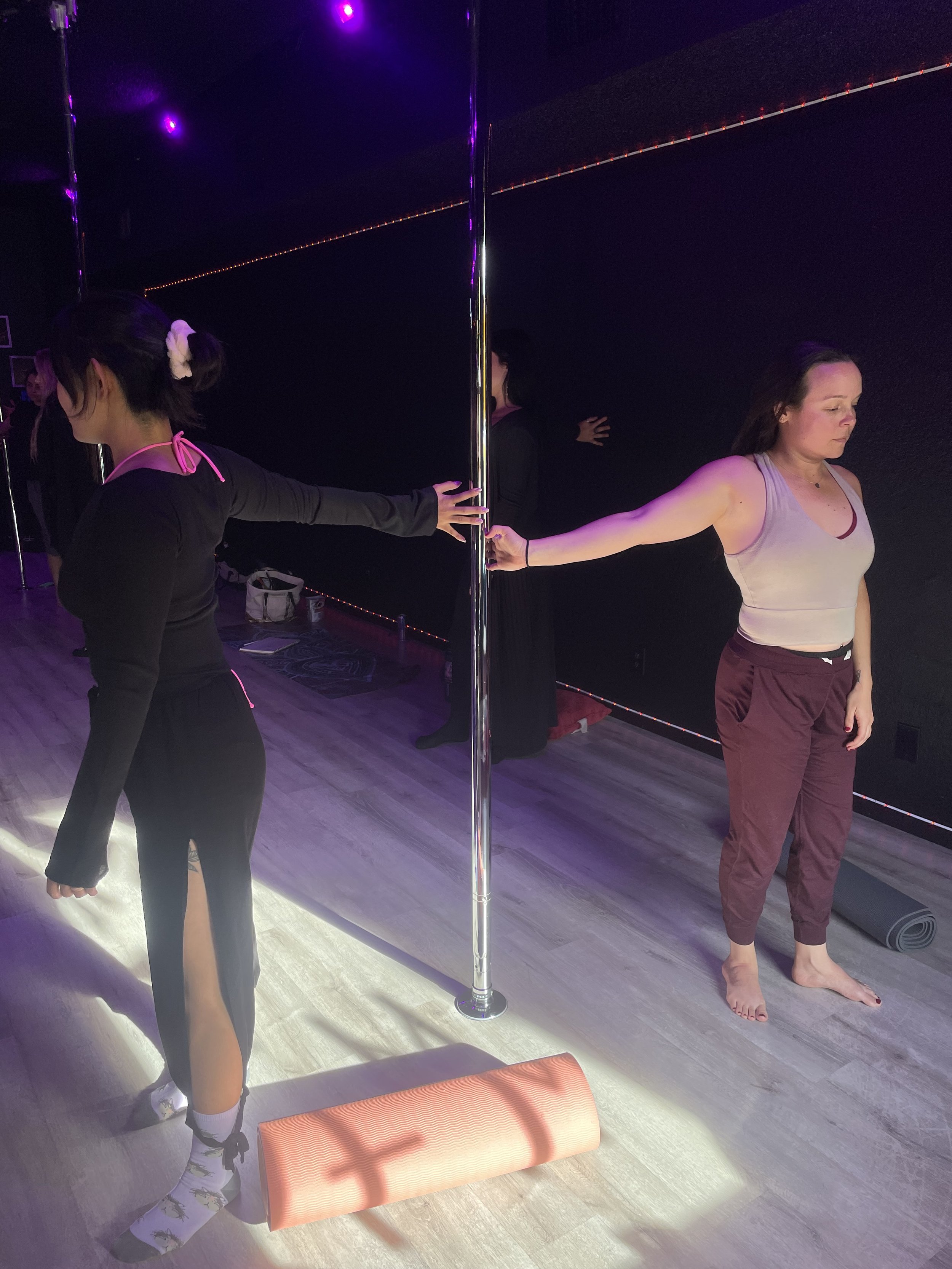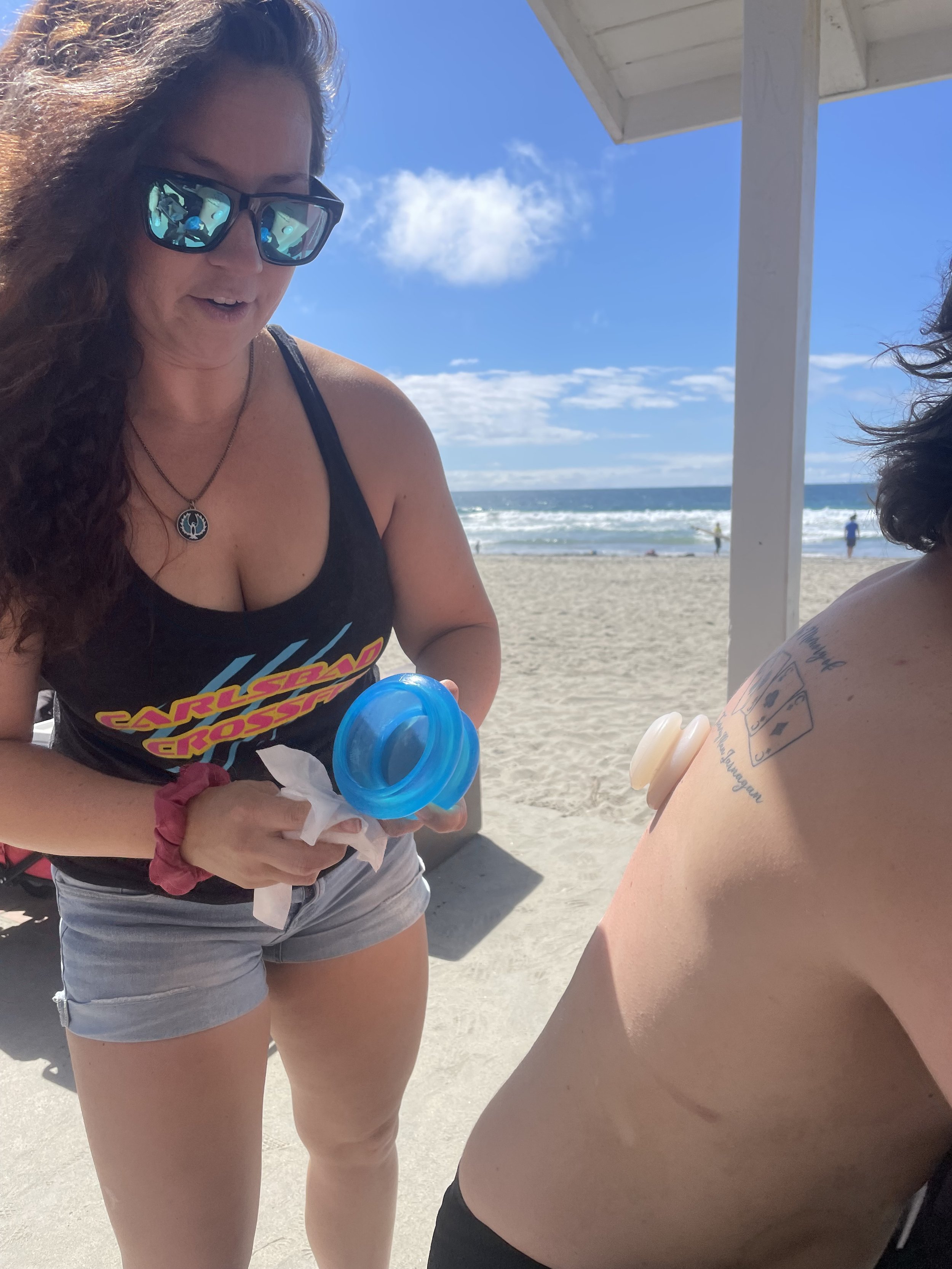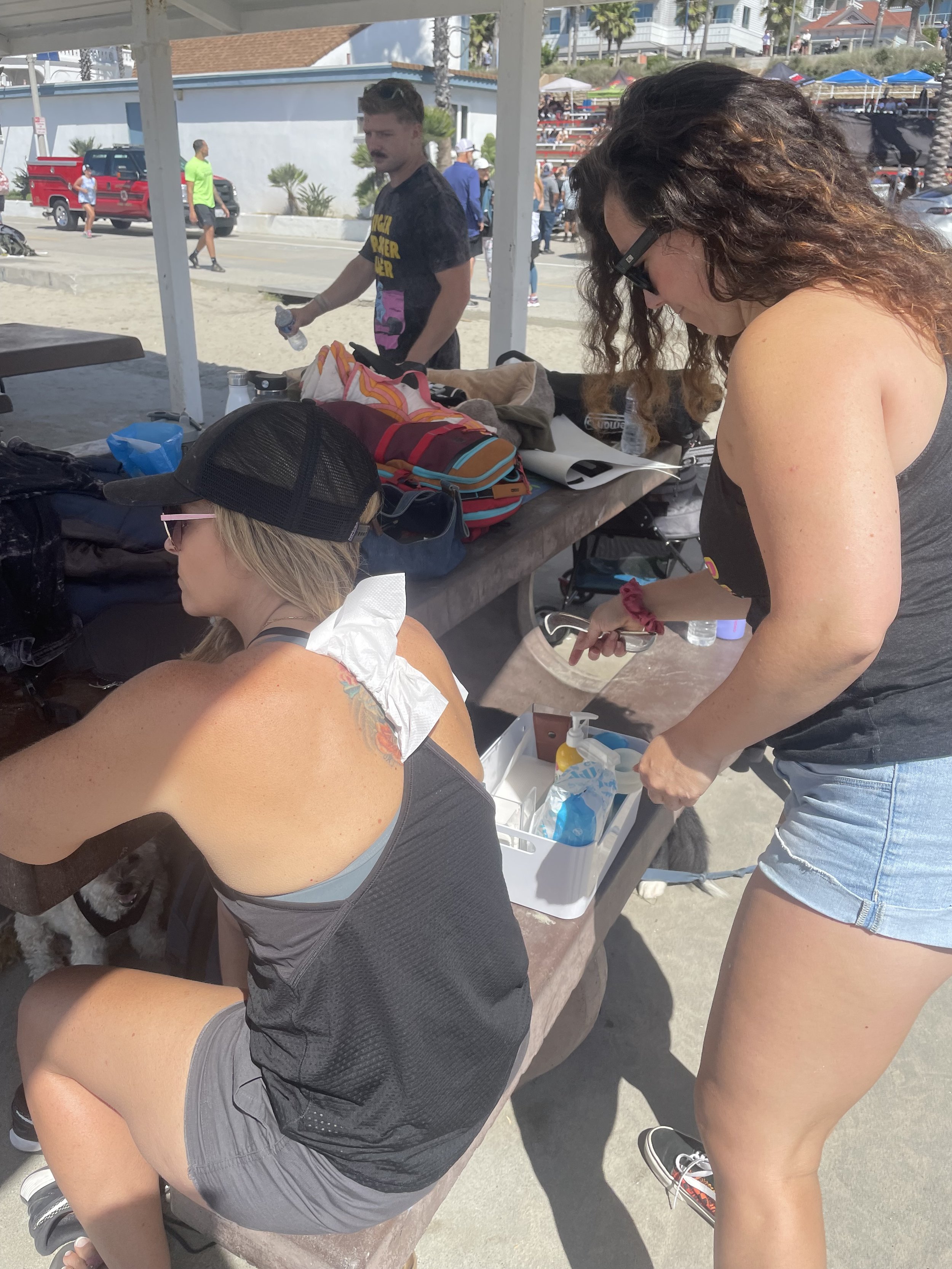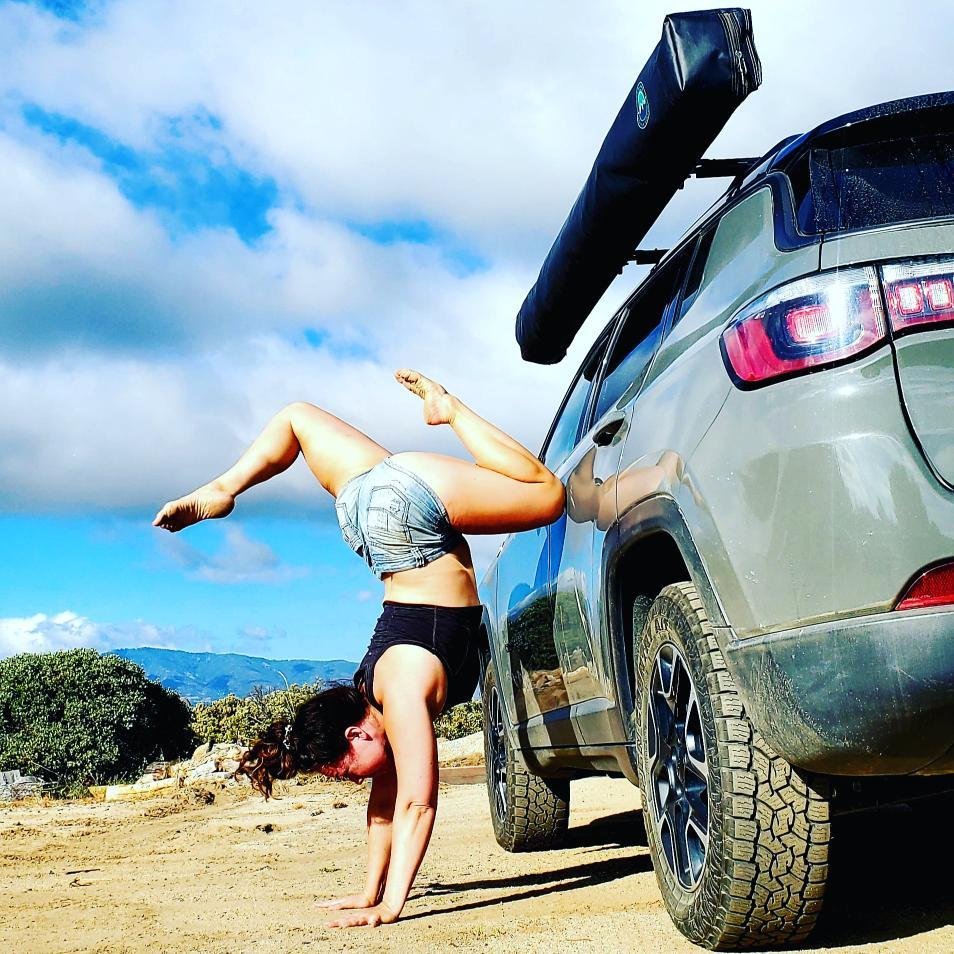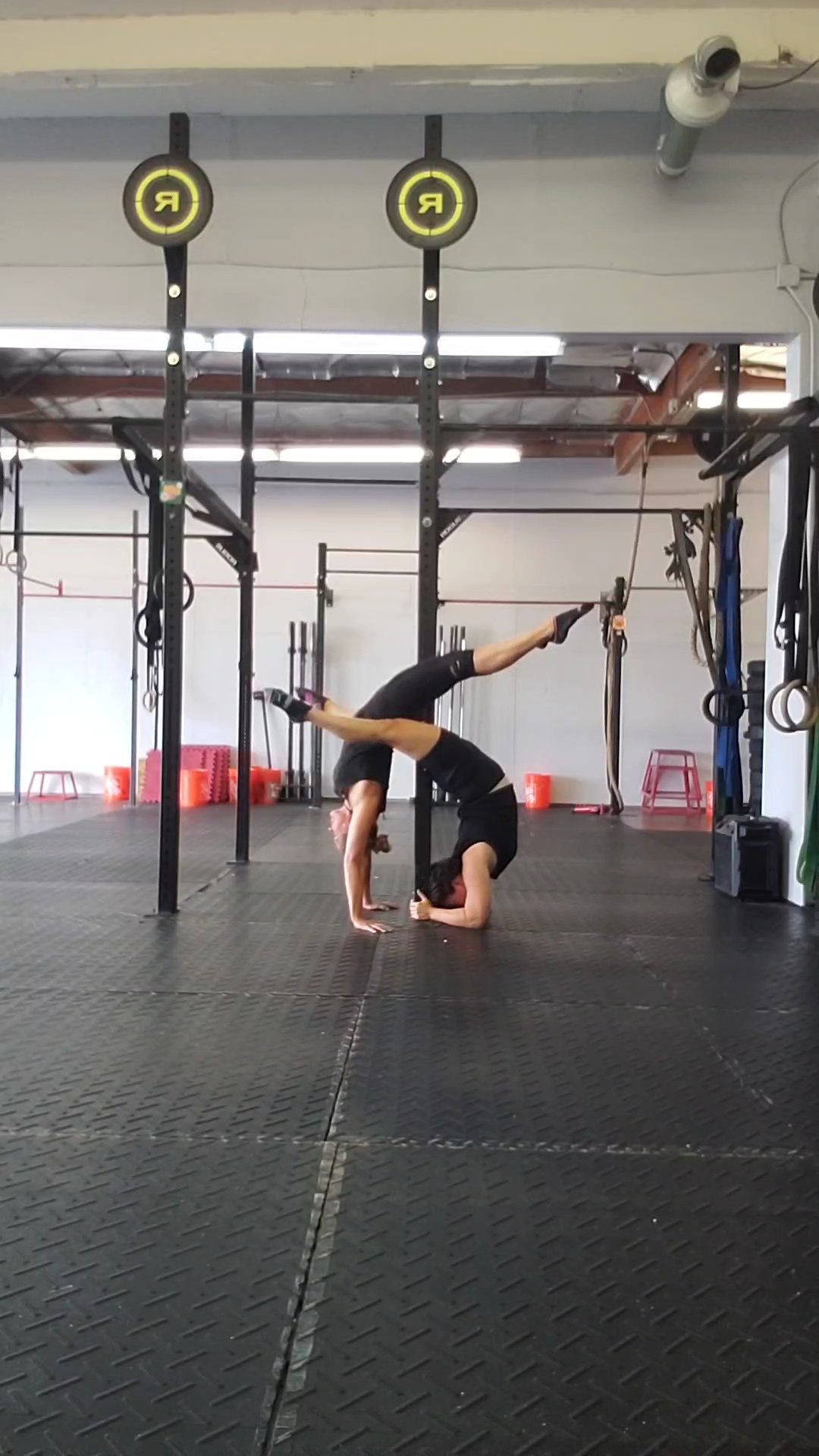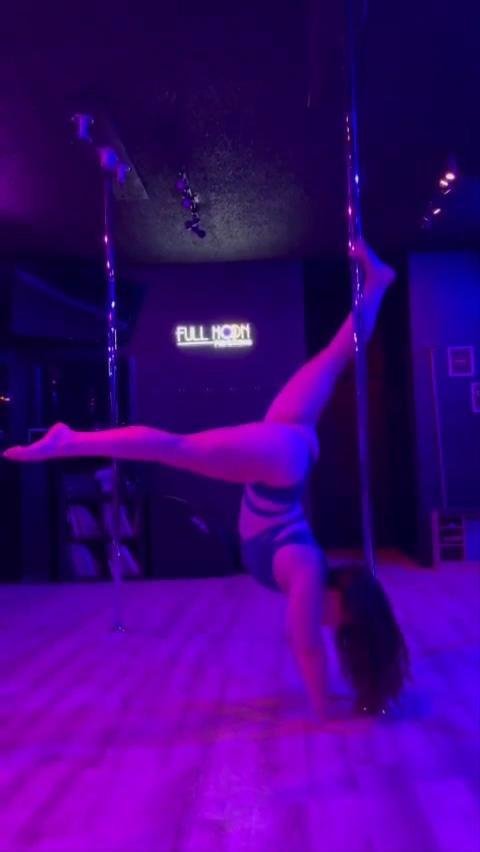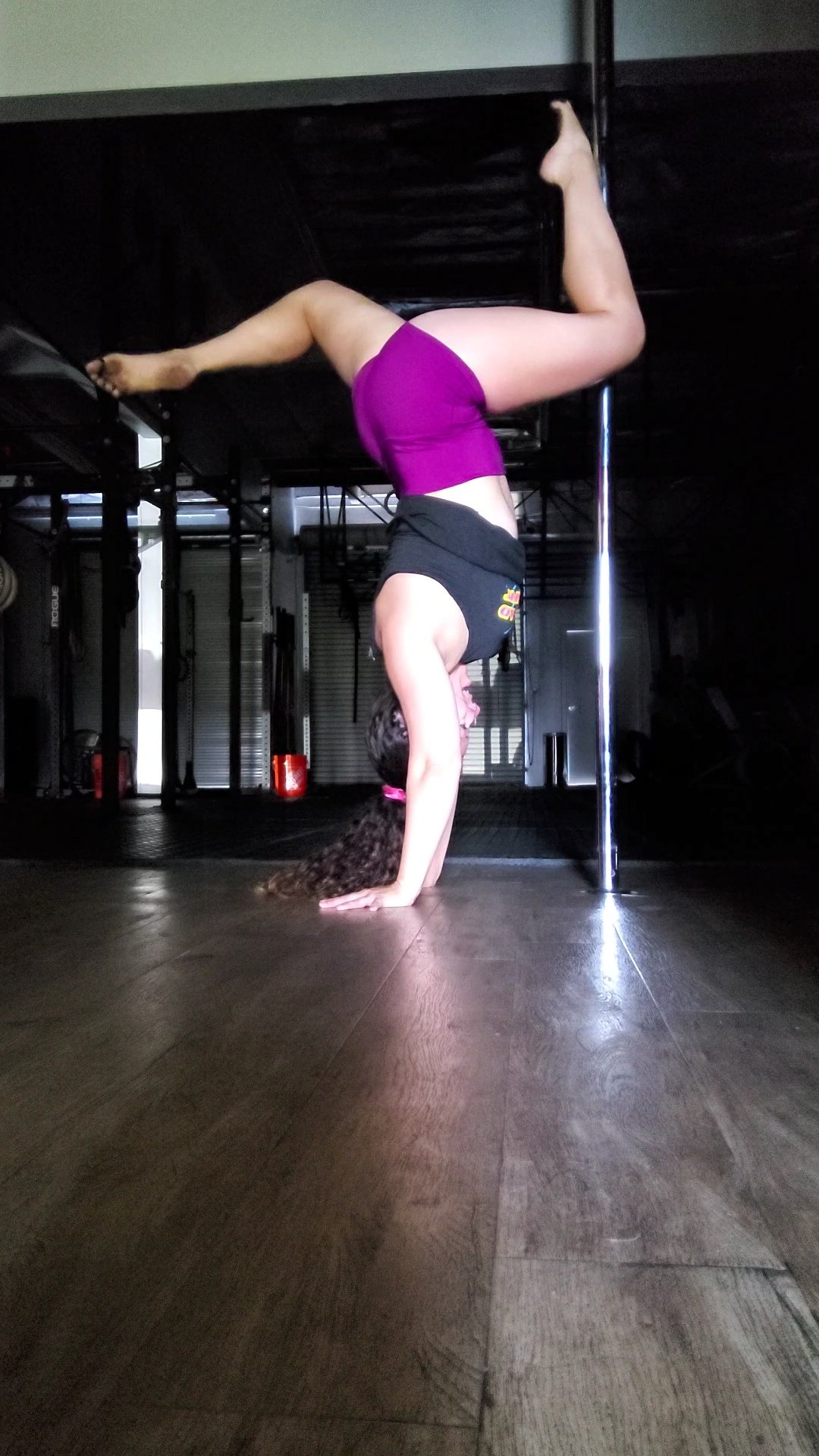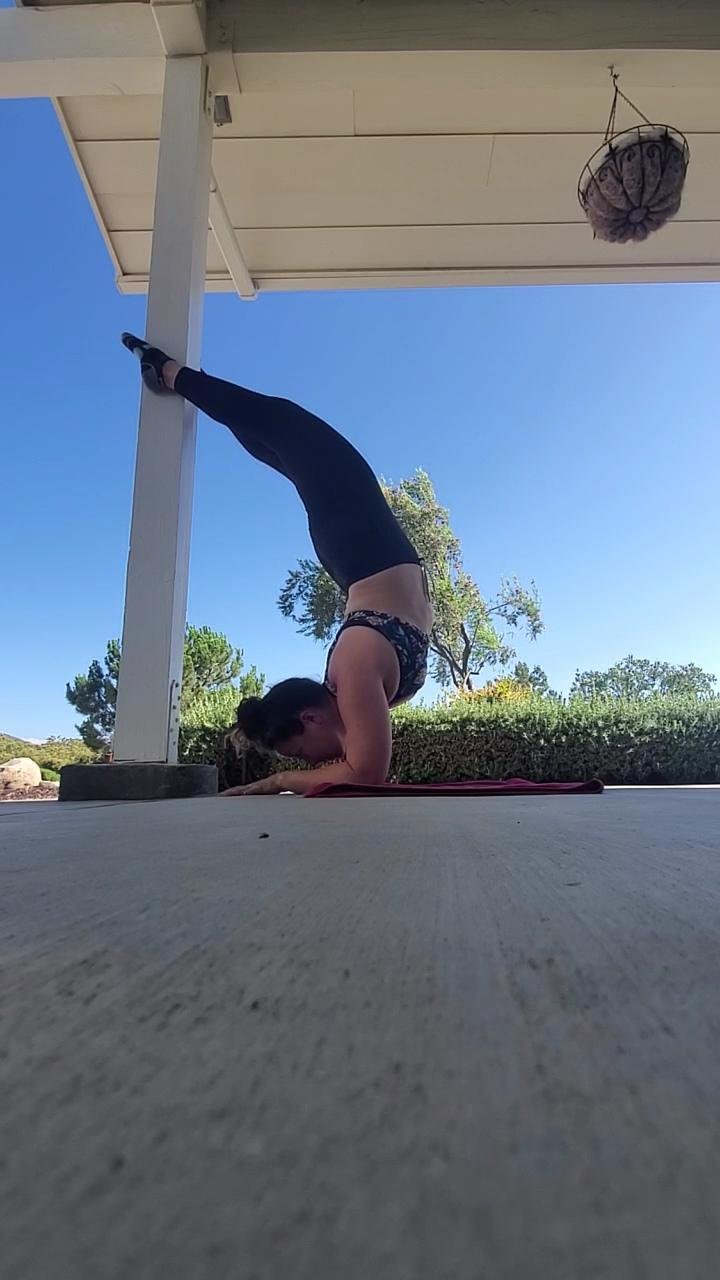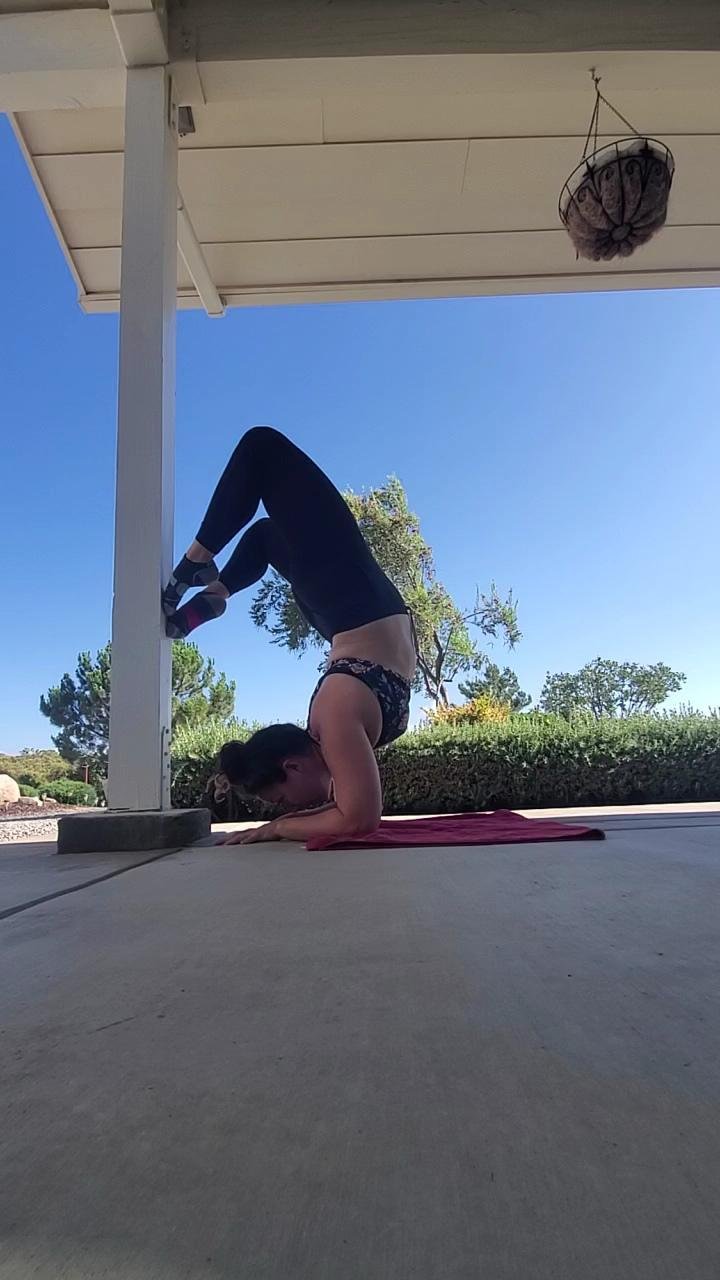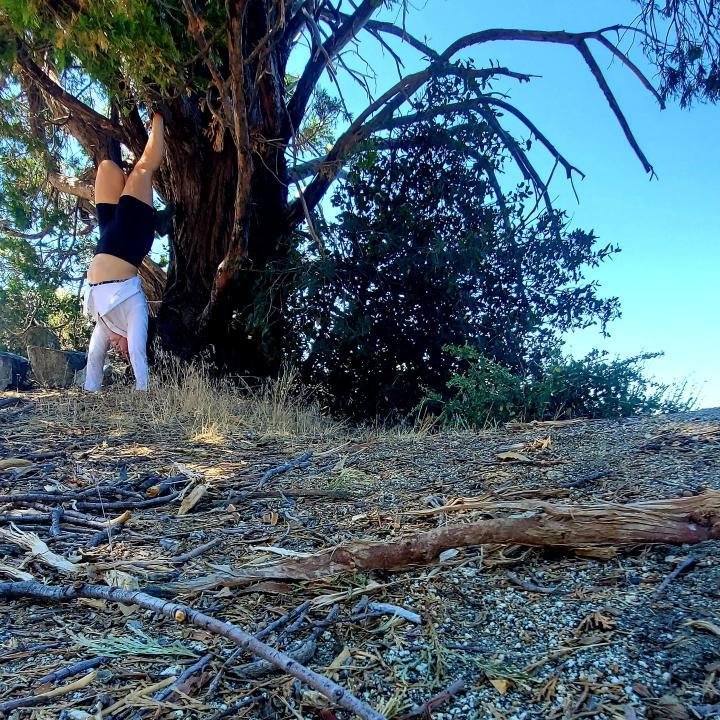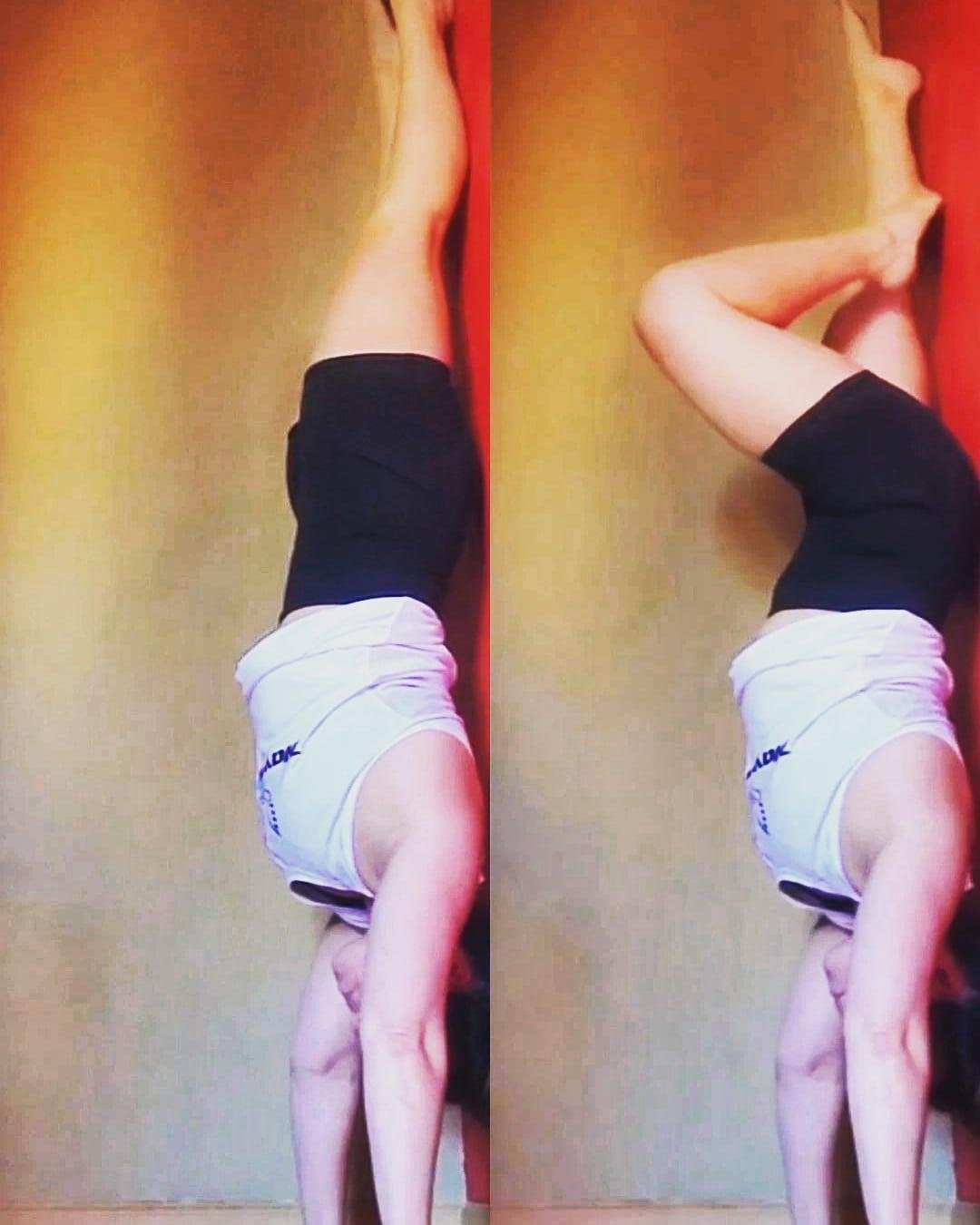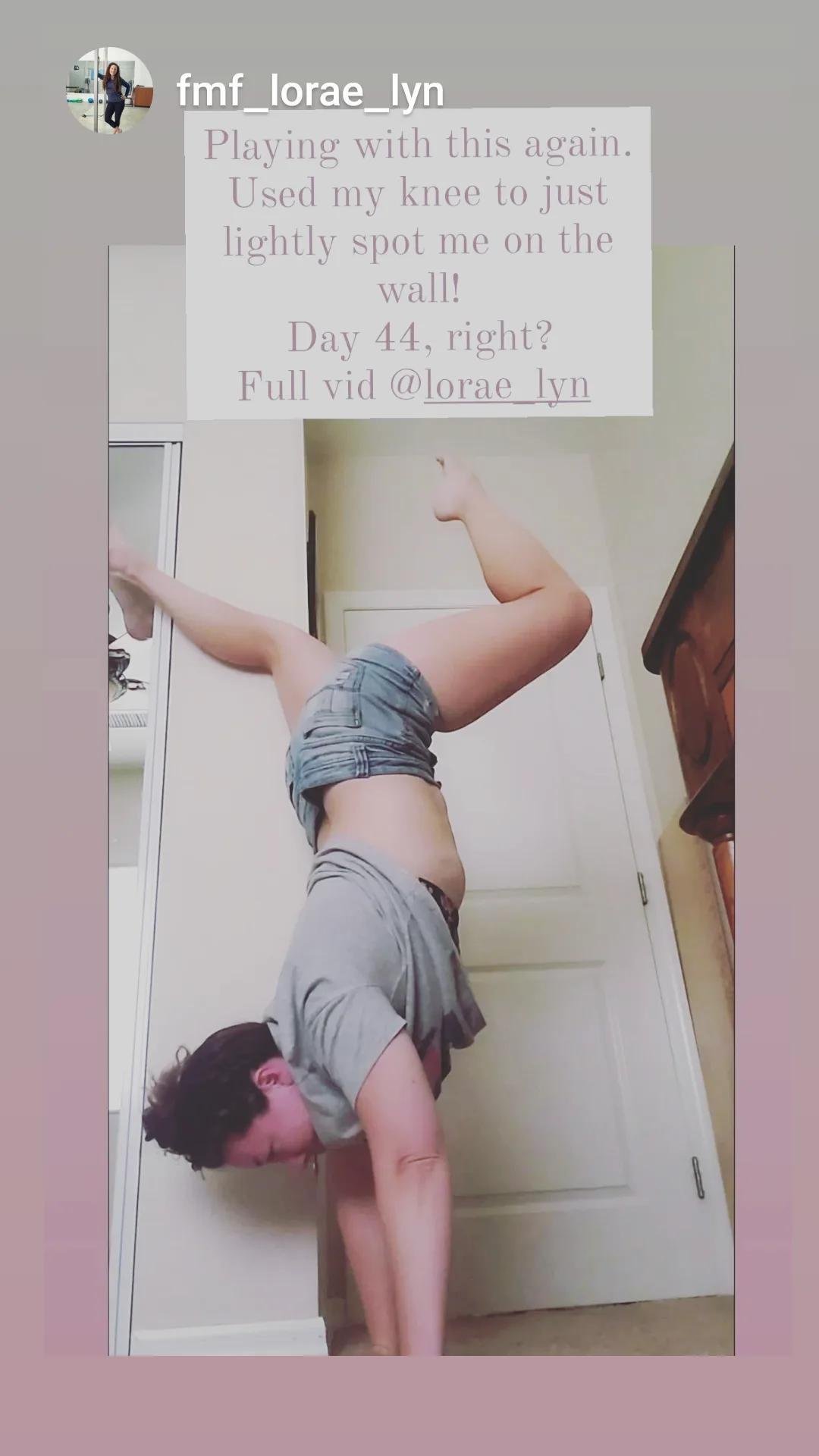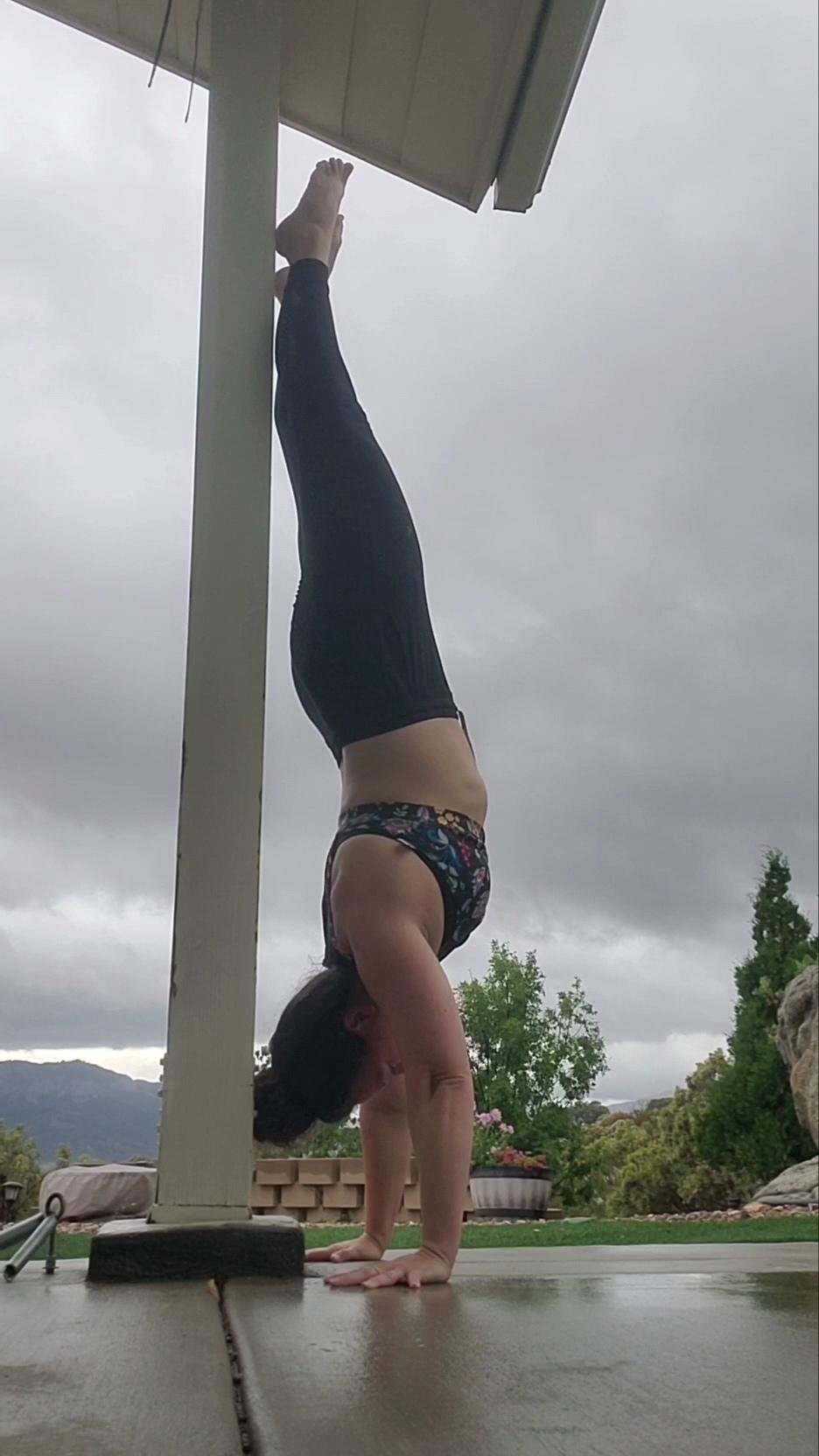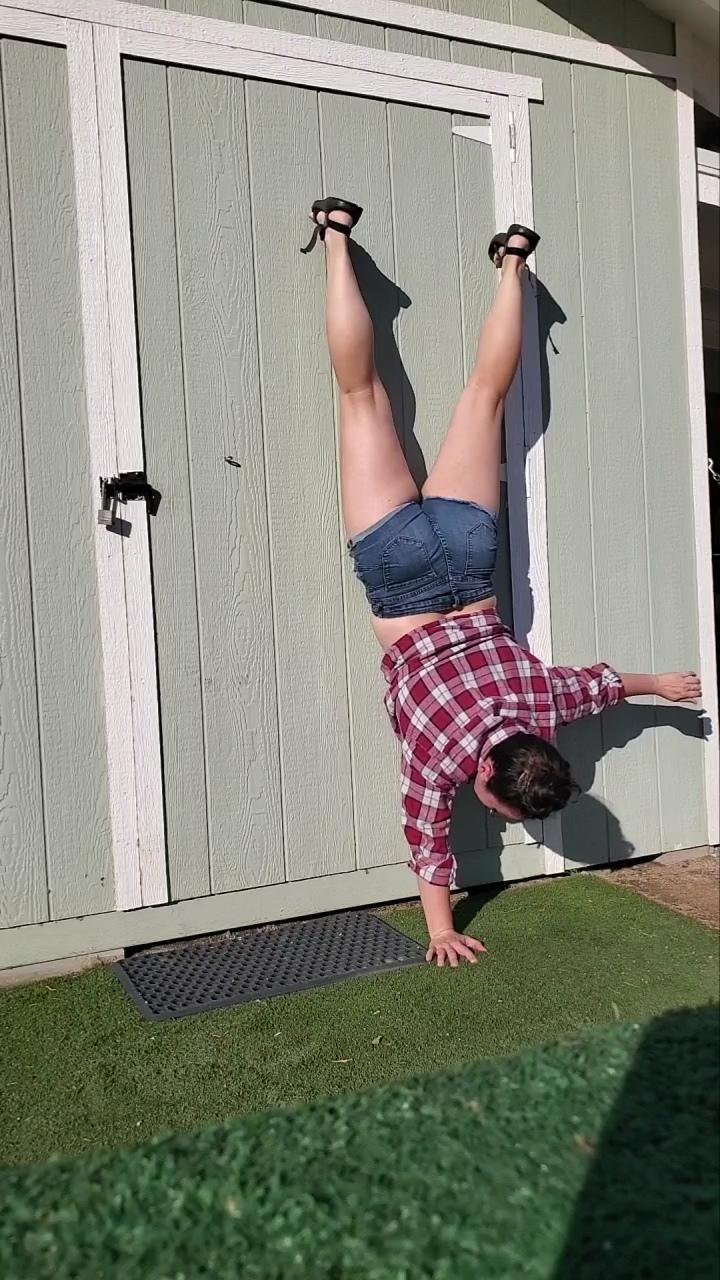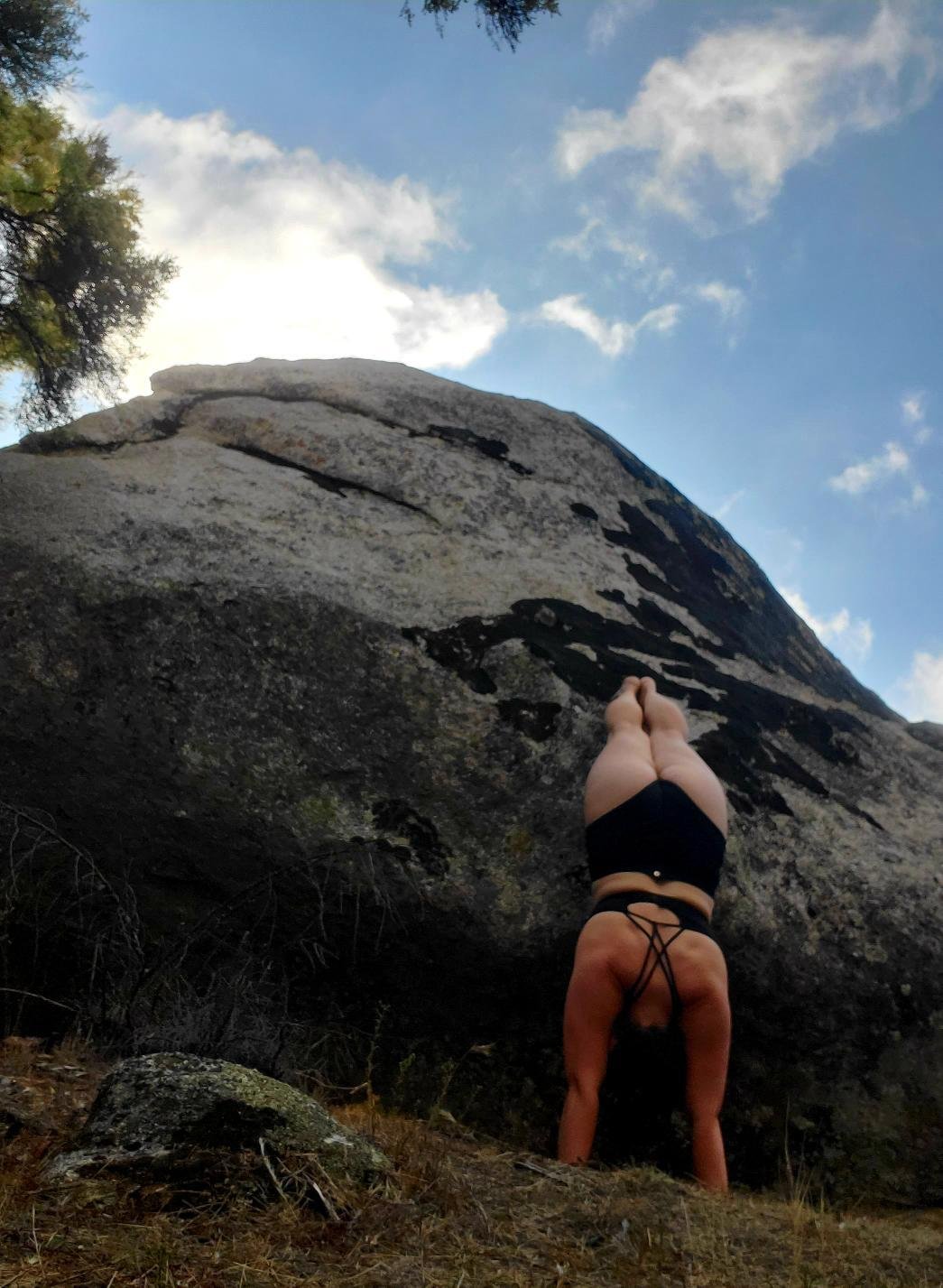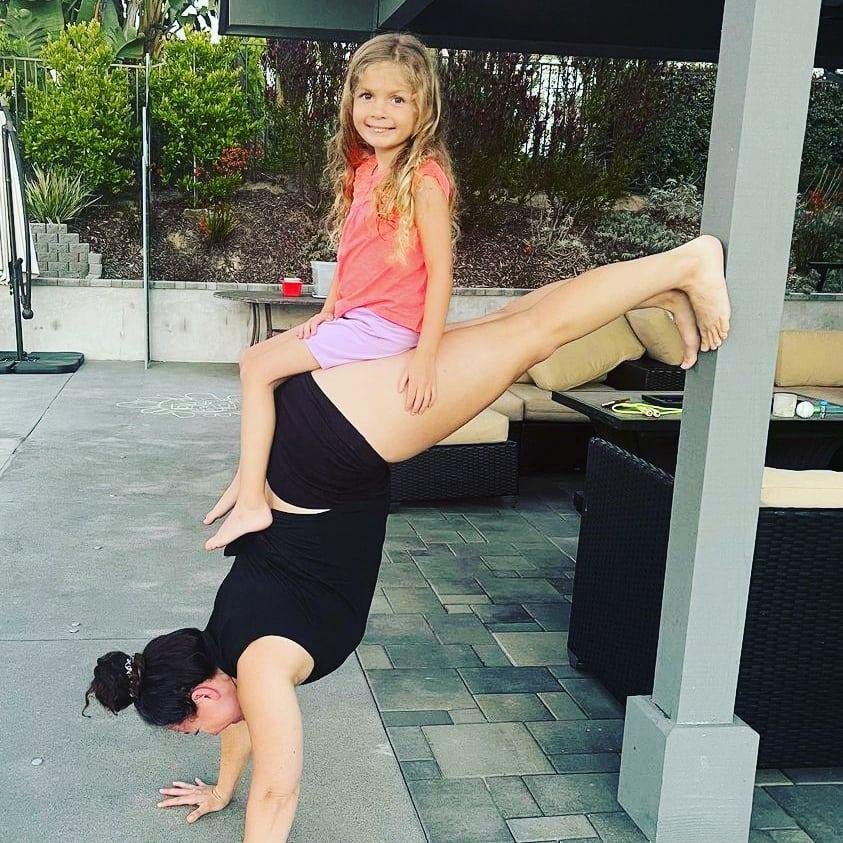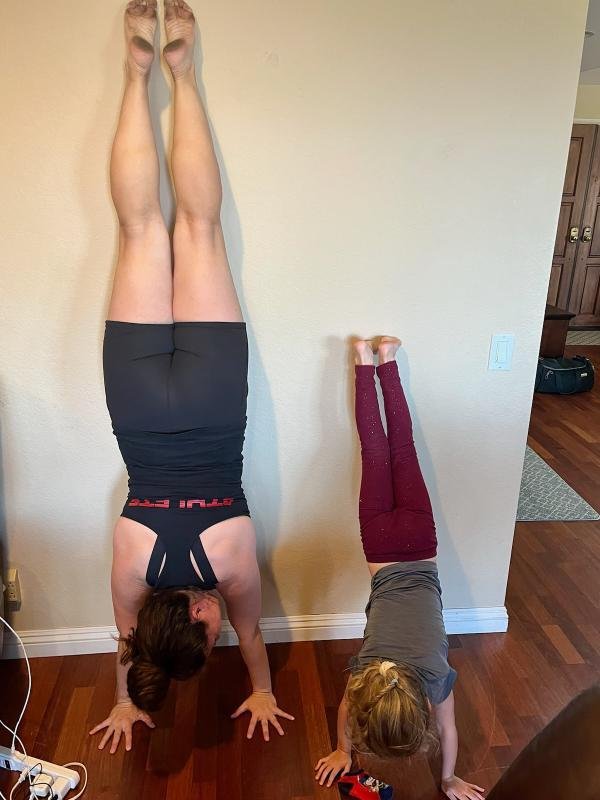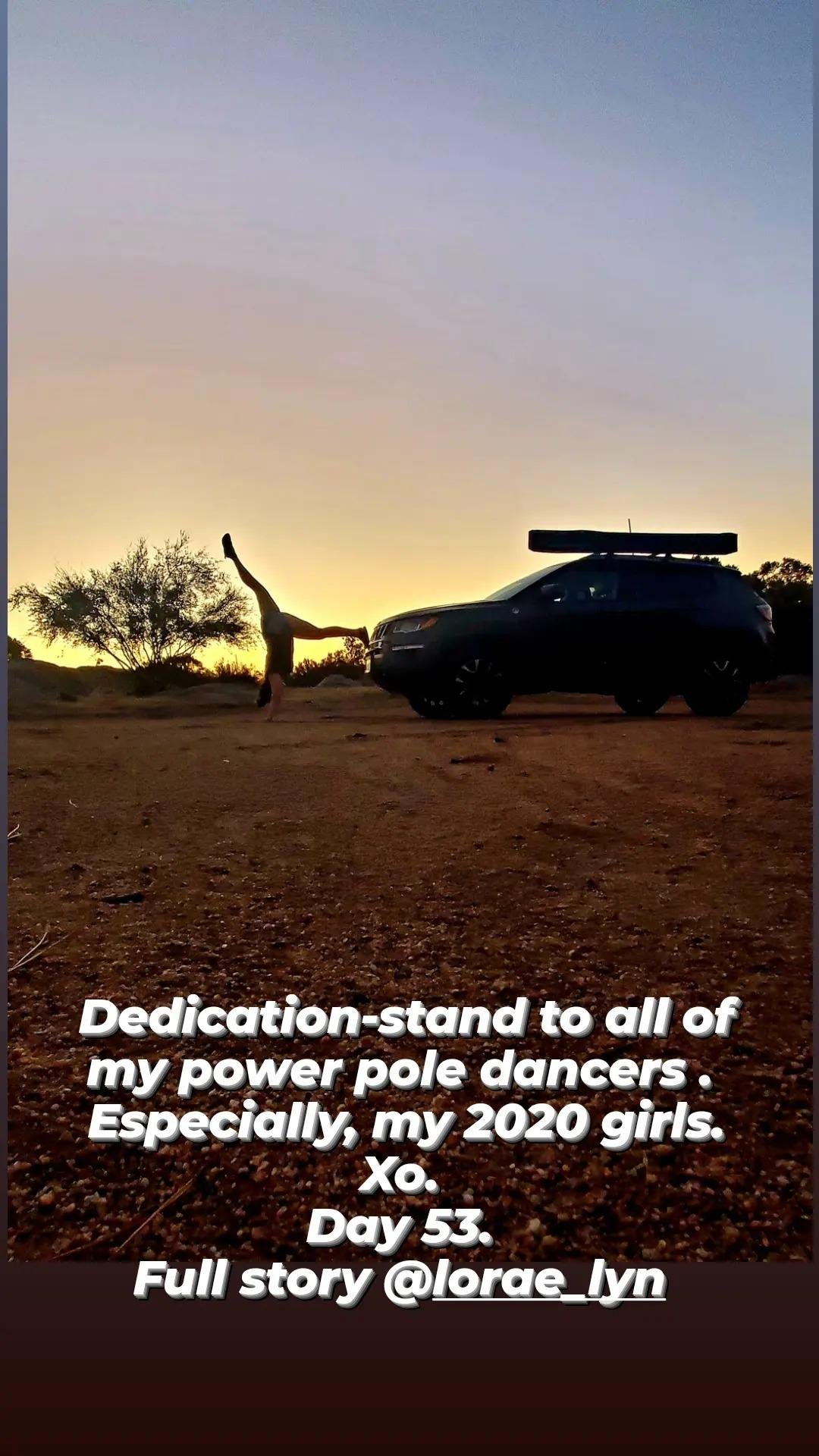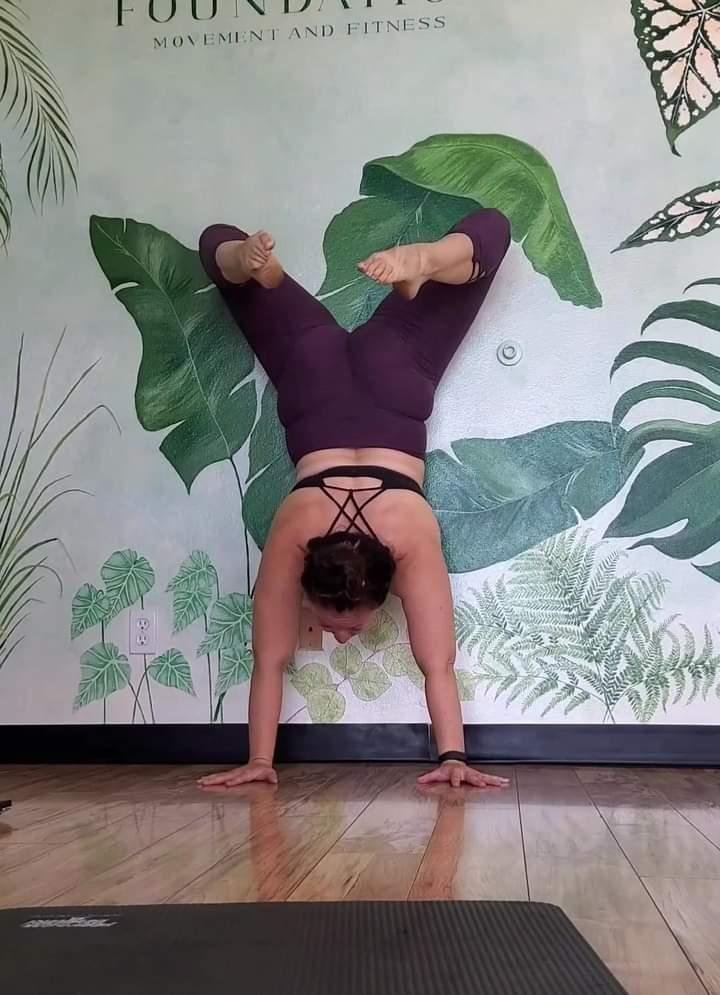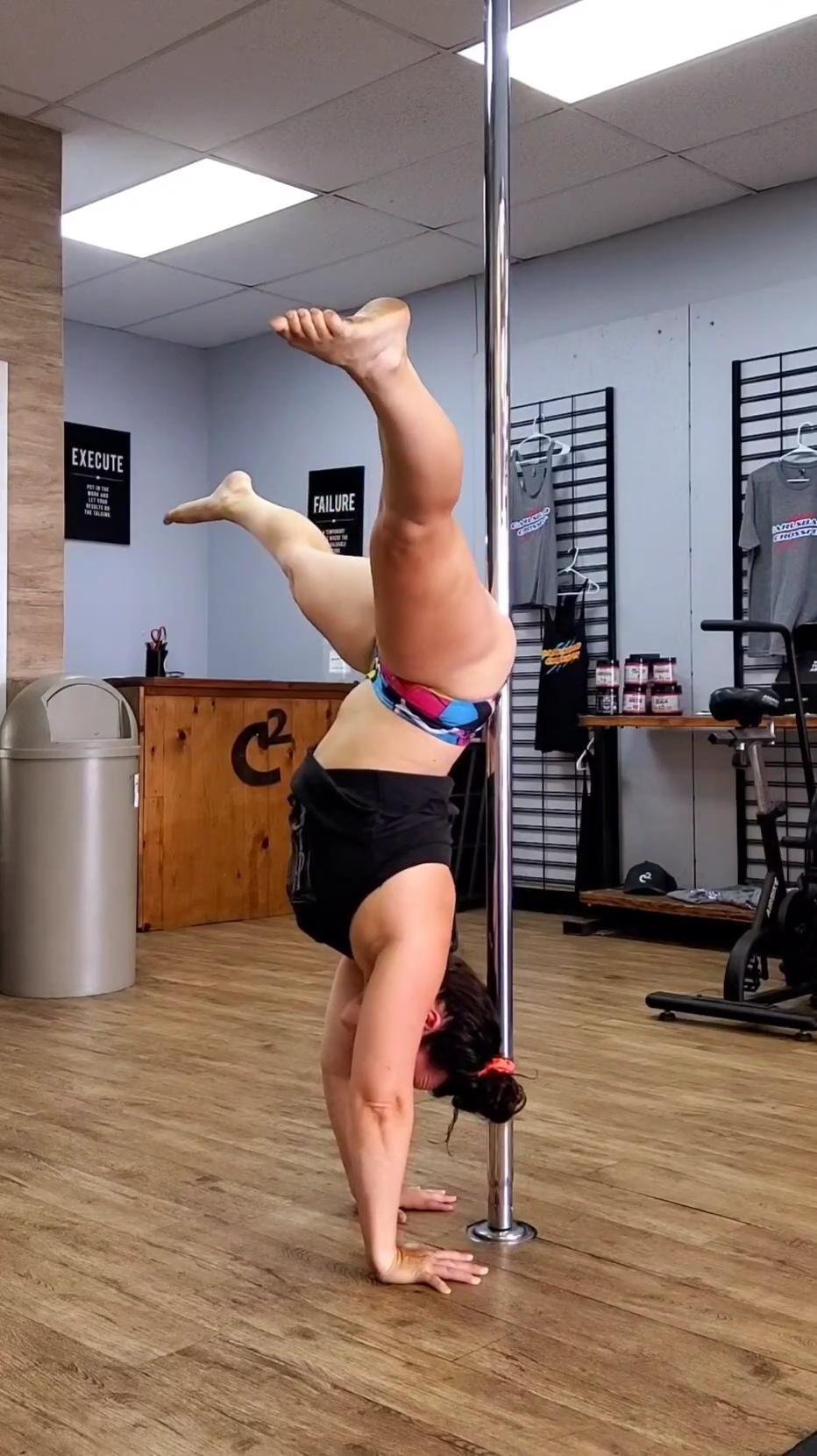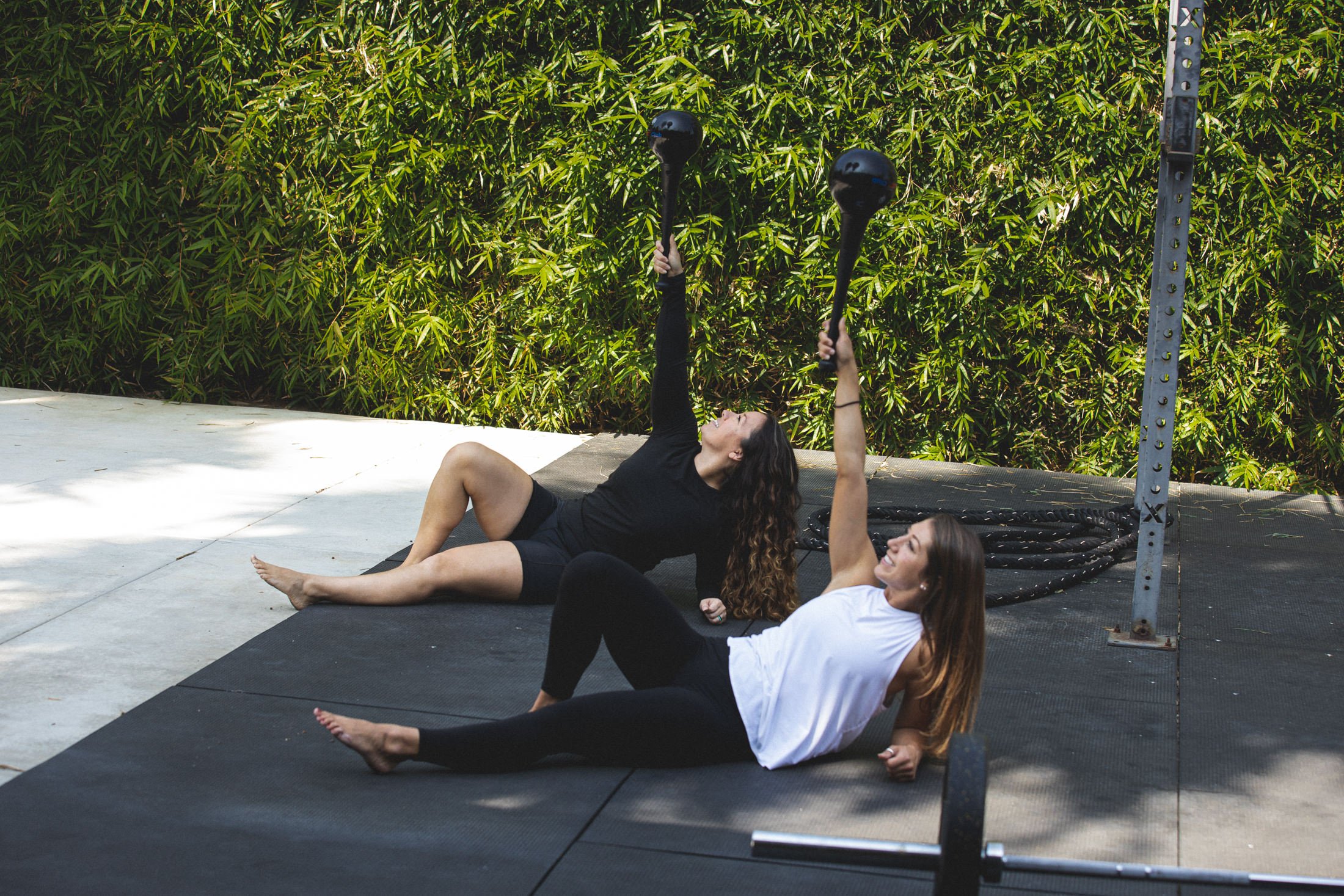Happy Eating Disorder Awareness Week!
Eating disorders may not be something you’d think to celebrate. NEDA (National Eating Disorder Awareness) is celebrated each year during the last week of February. Eating Disorder Awareness Week is all about spreading awareness, information and education about eating disorders. While also providing hope for those in recovery and their families.
Whether we like it or not they exist and people with them exist.
So the more we talk about them and normalize the conversation, the more people can feel seen, less ashamed and more encouraged and supported in seeking care or treatment.
And that is definitely something to celebrate!
So today’s blog is going to be all about eating disorders. What they are, why they happen, who they happen to, and how to talk about them and support those suffering. It’s always good to be educated. It makes you a safe person for people who are struggling, helps you be able to sympathize for others and opens your mind. So, let’s get into it!
I’ll start out by saying that there is no one way a person with an eating disorder appears physically. People with eating disorders are all shapes and sizes and it’s important to remember that someone looking differently than you imagine does not diminish the fact that they suffer from an eating disorder.
Stereotypically, someone with anorexia is assumed to be super skinny and someone with binge-eating disorder is assumed to be very overweight. But this is far from the truth! While most people with anorexia are extremely underweight, about ⅓ of individuals with anorexia are not. There are plenty of people with binge-eating disorder that are underweight too.
This harmful rhetoric can make people who have all the symptoms of an eating disorder but aren’t underweight or are overweight choose not to seek treatment because they don’t think they would be diagnosed due to their size.
It’s also important to remember that a lot of people with eating disorders have a skewed sense of what their body looks like or some sort of body dysmorphia. This means they may see themselves in the mirror and think they look much larger than they actually do. You might see someone and think they look unhealthily thin and they may truly believe that they look 5 sizes larger than they actually are. It’s important to remember that while you know they aren’t overweight, telling them that isn’t going to be helpful because in their reality, they see themselves that way.
Here are some general statistics about eating disorders from The National Association of Anorexia Nervosa and Associated Disorders (ANAD):
Eating disorders affect at least 9% of the population worldwide.1
9% of the U.S. population, or 28.8 million Americans, will have an eating disorder in their lifetime.2
Less than 6% of people with eating disorders are medically diagnosed as “underweight.”21
28-74% of risk for eating disorders is through genetic heritability.1
Eating disorders are among the deadliest mental illnesses, second only to opioid overdose.1
10,200 deaths each year are the direct result of an eating disorder—that’s one death every 52 minutes.2
About 26% of people with eating disorders attempt suicide.1
The economic cost of eating disorders is $64.7 billion every year.2
The DSM V recognizes 6 different eating disorders. I’m going to briefly go over each one and then talk a little about how to be an ally for those with eating disorders, how to have productive and supportive conversations, and what you can do on a broader level to help.
Anorexia Nervosa
Individuals with Anorexia Nervosa have an intense fear of gaining weight. They restrict their food intake to an extremely unhealthy amount causing malnutrition. While not everyone with Anorexia is underweight, most people are and have a very low BMI (typically under 17) and body fat percent.
It’s common for women with anorexia to suffer from amenorrhea, the loss of their period, which is not healthy. They can also suffer from bone thinning, brittle nails, hair loss and skin problems due to the lack of nutrition. The lack of nutrition is harmful to every organ in the body and will cause more and more problems over time that can ultimately lead to death or severe illness if untreated.
Anorexia is most common in women and during teenage years.
2.Bulimia Nervosa
Bulimia Nervosa typically is characterized by binge eating and then purging or using some method such as laxatives to “undo” and expel the binged calories. The binge is characterized by eating way more calories than your average person would in a small period of time (~2 hours). During the binge, people usually feel like they are not in control of how much food they are consuming and cannot stop themselves once it starts. The purging is characterized by self-induced vomiting, misuse of laxatives or extreme exercising in an attempt to get rid of the calories consumed.
People with bulimia are also usually very concerned with being skinny and do the purging behaviors to avoid the calories from staying in their body and consequently gaining weight.
People with bulimia suffer from tooth decay and esophagus damage from the acidity of the consistent vomiting.
3.Binge Eating Disorder
Binge-eating disorder is characterized by eating an excessive amount of food during a short period of time (~2 hours) that an average person would not eat, similar to the binge part of bulimia. They tend to feel out of control while they are binging and don’t feel they can make themselves stop eating. They’ll usually eat until they are very uncomfortably full and oftentimes when they aren’t even that hungry to begin with.
People with binge-eating disorder usually feel a lot of shame around their binges and might hide during their binges and afterwards. They oftentimes also feel very self-conscious and even disgusted with themselves.
People with binge-eating disorder don’t partake in a purging behavior which differentiates this from something like bulimia. The initial behavior is similar but binge-eaters wouldn’t have the compulsion to purge after a binge or at least wouldn’t engage in the compulsion.
4.Rumination Syndrome
Rumination Syndrome is when someone repeatedly regurgitates their food and swallows it. While it is most common with infants and people with developmental disabilities, other people have it as well!
This syndrome can involve a lot of embarrassment and shame. It can also result in a lot of health problems due to the acidity of the food in the esophagus and mouth. It can damage the esophagus and teeth. It also usually occurs in people with other mental illnesses like depression and anxiety.
5.Pica
Pica is a disorder where a person eats things that have no nutritional value like ice, hair, grass, paper, or crayons. This is most common in kids, people with mental health problems such as OCD, and people with developmental disabilities but can occur in others as well.
It’s also a common problem with pregnant women but should stop after the pregnancy. It’s common in kids who may have been raised in poverty, were abused and are chronically stressed.
6.Avoidant/Restrictive Food Intake Disorder
Avoidant Restrictive Food Intake Disorder (ARFID) is similar to anorexia but without the body image/body weight obsession. ARFID is most common in young children and often in those with some co-occurring mental health issues such as OCD or ADHD.
Those with ARFID tend to show no interest in food and may avoid it due to textures, tastes, or smells. In some kids, it developed due to a fear of choking or vomiting.
People with ARFID will have numerous health complications due to the lack of nutrition. It can lead to osteoporosis, amenorrhea, delayed puberty, and even obesity.
7.Orthorexia
Orthorexia is not yet claimed by the DSM V as an eating disorder but it is speculated that it may be added in the future. Orthorexia is an obsession with eating healthy and/or exercising.
People with orthorexia become obsessed with eating food that they think is clean or pure. They may do excessive research about foods and what is best to eat as well as cut out food groups. They often fear eating things they aren’t supposed to and fear losing control. It can be hard for them to go out to eat with friends and cause them to become recluse.
They often engage in excessive exercise as well. For the most part, orthorexia is more about being obsessed with healthy food and behaviors and less about the body image part. However, it is different from person to person and body image issues certainly are a part of orthorexia.
Talking to Someone About Eating Disorders
If you think someone you know may be struggling with an eating disorder, it can be challenging to know what to say or how to say it if you want to talk to them about it. While there are a few tips to it, the most important thing to remember is to be kind, calm, patient, and non-judgemental. Oftentimes in these conversations, less is more. Try to ask open ended questions that allow the person to speak and share instead of asking targeted questions and talking a lot.
Consider the timing of the conversation. This is something private and most likely pretty uncomfortable for someone to talk about. Therefore, having the conversation in a private location with no distractions is important. It’s probably best not to try to have this conversation right before someone has an important exam to take or a work deadline to hit because it might stir up a lot of emotions for them.
Remember that they may not be ready to talk about it. They may become defensive or even angry that you brought it up. If this is the case, try not to push or pressure the person or get upset with them for reacting negatively. This would probably make them even less likely to open up in a future conversation.
The National Eating Disorders Association (NEDA) has a great article with some more well researched tips for having these tough conversations:
Supporting People with Eating Disorders
There are lots of ways you can support people in your life with eating disorders and/or all people with eating disorders. One great thing to do if you have a loved one with an eating disorder is to do some research from reputable online sources about eating disorders. This blog only scratches the surface! There are webinars, support groups, and lots of social media pages with information and advice. Take the initiative and the person in your life will notice. As you start to talk to them differently and use correct terminology, they will notice and feel supported even if they don’t say it while they are suffering.
Many people have complicated relationships to food and complicated relationships with their bodies. Our society and culture puts a lot of emphasis on appearance. There are always new fads and trends about bodies and what is “in” and every few years things change! Curvy bodies, muscular bodies, thin bodies, larger and smaller busts and behinds have all gone in and out and in and out of style over and over again! It’s hard to exist in a society like this and not want to conform to what’s popular.
While we all try our best to love ourselves, it’s hard when social media, magazines, and people in our lives are promoting an appearance that is different from ours. So remember to be kind to one another! Try to compliment the people in your life about things other than their appearance. Tell them about how good they make you feel or what you love about their personality or how you admire their passion or work ethic. Try to spread some love and positivity in a world that can sometimes be cruel and negative. We can make small differences in our own lives!
Well I hope that you all learned something new about eating disorders today. As I said this is truly just the tip of the iceberg. There is so much to learn about eating disorders and there are tons of amazing resources online. I will list a few down below! If you have any people in your life who are in recovery from an eating disorder, send them some love this week! And tell them that you’re committing to spending some time reading about eating disorders this week so you can continue to spread awareness when talking to others. I’m sure they will appreciate it!
Resources:
NIMH (National Institute of Mental Health)
NEDA (National Eating Disorders Association)
National Alliance for Eating Disorders
Eating Disorder Hope
Until next time,
Sabrina
Avoidant restrictive food intake disorder (ARFID). National Eating Disorders Association. (2018, February 22). Retrieved February 14, 2023, from https://www.nationaleatingdisorders.org/learn/by-eating-disorder/arfid
Ben-Joseph, E. P. (Ed.). (2019, November). Pica (for parents) - nemours kidshealth. KidsHealth. Retrieved February 14, 2023, from https://kidshealth.org/en/parents/pica.html#:~:text=Pica%20is%20an%20eating%20disorder,can%20lead%20to%20health%20problems.
Eating disorder statistics: General & Diversity stats: Anad. National Association of Anorexia Nervosa and Associated Disorders. (2023, February 6). Retrieved February 14, 2023, from https://anad.org/eating-disorders-statistics/
Karthik Kumar, M. B. B. S. (2021, December 21). Can you have anorexia nervosa and not be skinny? symptoms, causes. MedicineNet. Retrieved February 14, 2023, from https://www.medicinenet.com/can_you_have_anorexia_nervosa_and_not_be_skinny/article.htm
Mayo Foundation for Medical Education and Research. (2018, February 20). Anorexia nervosa. Mayo Clinic. Retrieved February 14, 2023, from https://www.mayoclinic.org/diseases-conditions/anorexia-nervosa/symptoms-causes/syc-20353591
Mayo Foundation for Medical Education and Research. (2020, October 14). Rumination syndrome. Mayo Clinic. Retrieved February 14, 2023, from https://www.mayoclinic.org/diseases-conditions/rumination-syndrome/symptoms-causes/syc-20377330#:~:text=Rumination%20syndrome%20is%20a%20condition,it%20or%20spit%20it%20out.
U.S. Department of Health and Human Services. (n.d.). Eating disorders. National Institute of Mental Health. Retrieved February 14, 2023, from https://www.nimh.nih.gov/health/topics/eating-disorders

